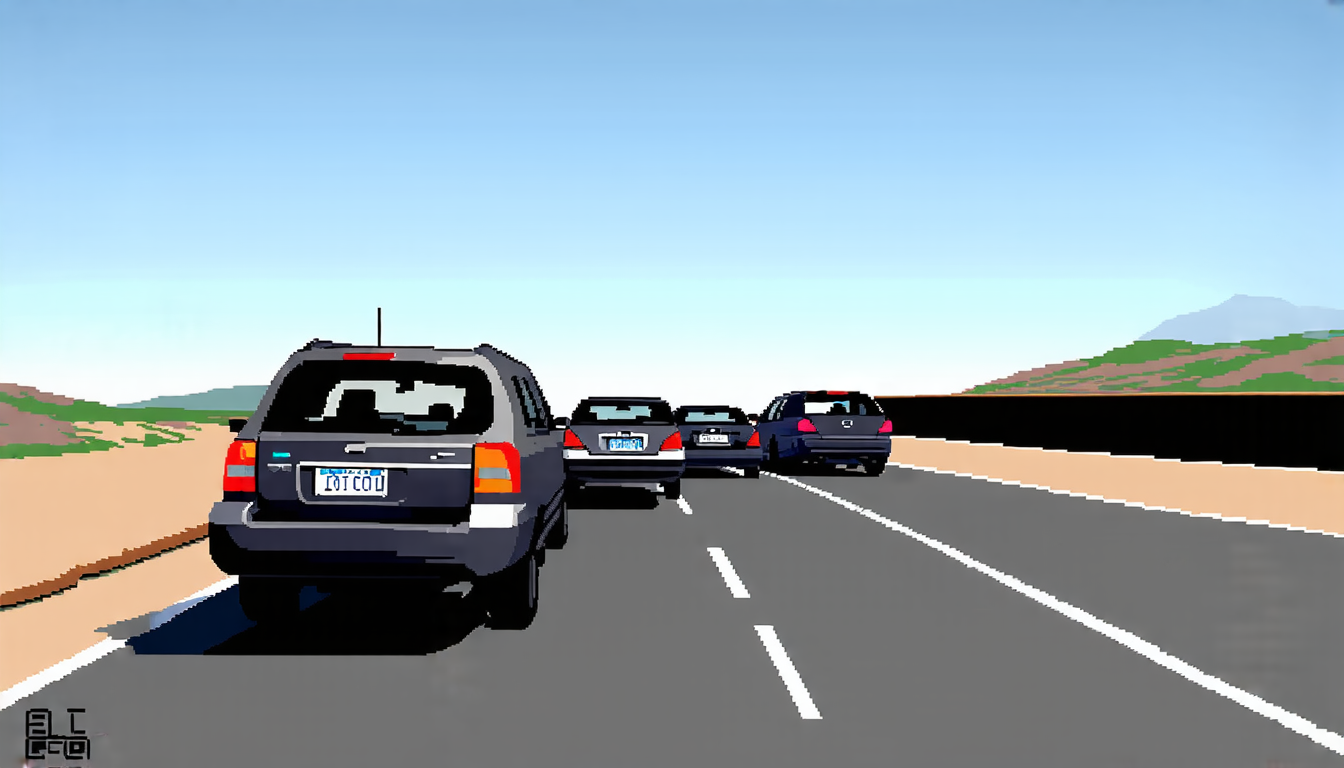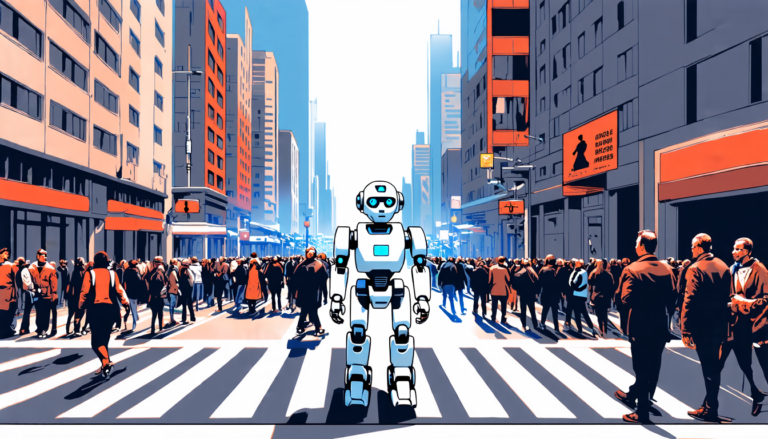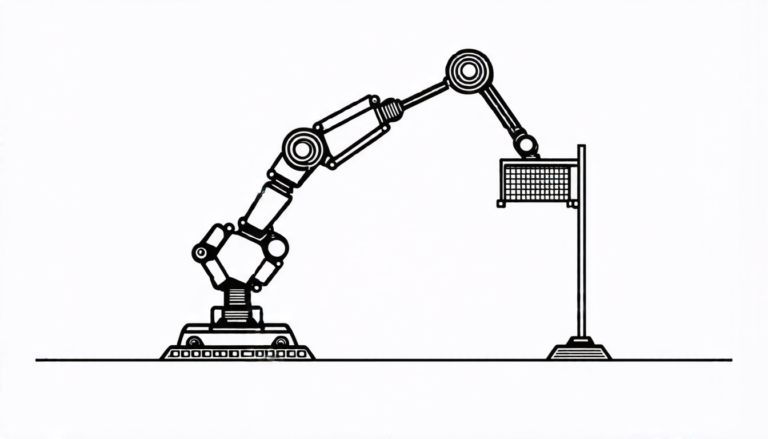Saturday 01 March 2025
A new approach to automatic license plate recognition (ALPR) has been proposed, which could make it easier and more efficient to identify vehicles on our roads.
The traditional method for ALPR involves capturing multiple frames of a video and then using machine learning algorithms to detect the license plates. However, this can be time-consuming and may not always produce accurate results. The new approach, developed by researchers at the University of São Paulo in Brazil, uses a technique called Visual Rhythm (VR) to generate a single image per vehicle that contains all the information needed for recognition.
VR works by extracting spatial and temporal information from a video sequence and condensing it into a single image. This is done by applying a predefined line to the video frames and then stacking the pixels along this line. The resulting image shows the movement of objects over time, making it easier to identify vehicles and their license plates.
The researchers used a combination of two techniques to develop their ALPR system: YOLO (You Only Look Once), an object detection algorithm that can quickly identify objects in images, and EasyOCR, a library for optical character recognition. They fine-tuned the YOLO model on a dataset of vehicle rear-view videos and then used it to detect vehicles in the VR images.
The results are promising: the system was able to recognize license plates with an error rate of around 15%. This is relatively high compared to other ALPR systems, but the researchers believe that their approach has several advantages. For example, it can be used on videos captured by surveillance cameras or dash cams, and it does not require any specialized hardware.
One potential limitation of the system is that it may not work well in situations where the lighting conditions are poor or there is a lot of noise in the video. However, the researchers believe that these issues could be addressed with further fine-tuning of the model and the use of additional techniques, such as image processing algorithms.
Overall, this new approach to ALPR has the potential to make it easier and more efficient to identify vehicles on our roads. While there are still some challenges to overcome, the results so far suggest that it could be a useful tool for law enforcement agencies and other organizations that need to track vehicle movements.
Cite this article: “New Approach to Automatic License Plate Recognition”, The Science Archive, 2025.
Automatic License Plate Recognition, Visual Rhythm, Machine Learning, Object Detection, Optical Character Recognition, Yolo, Easyocr, Vehicle Tracking, Surveillance Cameras, Image Processing.







